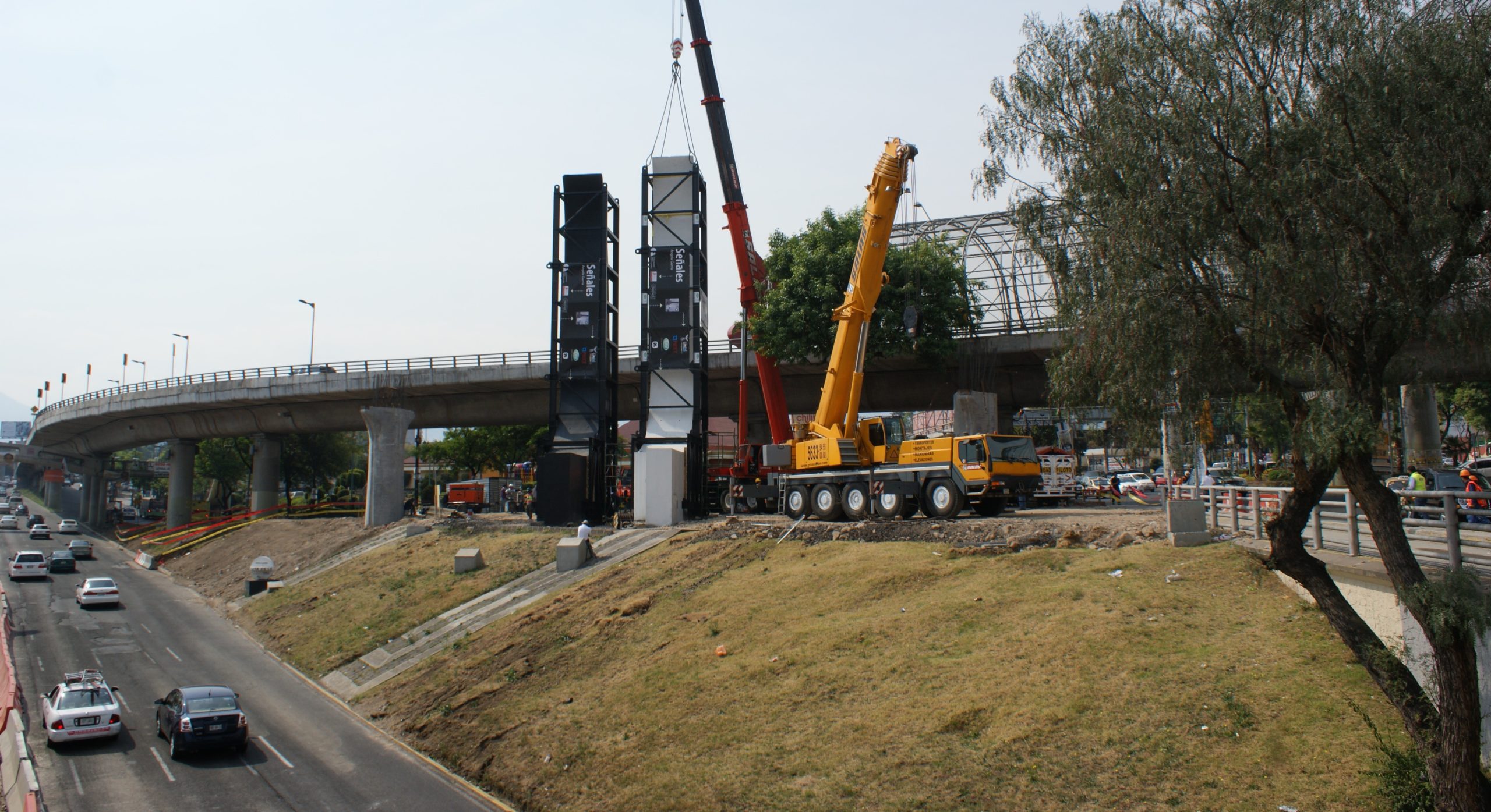
Tank Busters

Cutter’s Calculated Assault Removes Water Storage Tank
A hospital in Houston, Texas, required its existing fire suppression system water tank removed. The steel tank was 9 feet tall and 25 feet in diameter with a layer of concrete ranging from 1 to 1.5 inches thick covering the inside surface. The tank was positioned on a 12-foot-tall concrete platform in the basement of the hospital building. To remove the structure, general contractor Vaughn Construction enlisted the help of a CSDA member and its team of “tank busters.”
The existing fire suppression system water tank at the hospital was originally installed in the 1970s and was due to be recommissioned.
“Typically, a project of this type—outdoors or in an industrial plant—would require the use of acetylene cutting torches or standard diamond blades,” said Ethan Namink of Aggregate Technologies, Inc. based in Houston, Texas. “However, these methods would have produced flames and smoke in the case of the former, and showers of sparks in the latter. Due to the risks involved, these methods could not have been used in a hospital environment.”

Breaker hammers were used to break off a 1-inch-thick layer of concrete from the 9-foot-tall tank wall.
The contractor decided to use ceramic alloy concrete cutting blades, specifically designed to minimize or eliminate sparks, to cut and remove sections of the water tank. An 8-inch-diameter blade was employed and fitted to electric-powered, handheld saws.
Before the sawing and removal began, the team from Aggregate Technologies, Inc. strategically planned the dissection of the tank’s roof from the inside so that the structure would not collapse in on itself while being dismantled—a very real possibility if the contractor had attempted to remove the roof from the outside. This was a particularly challenging task, as there was little room to maneuver inside of the tank. With the roof removed, the team was able to begin the cutting a removal of the wall of the tank.
Operators first used the handheld saw to cut a 4-foot by 4-foot access hole to the interior of the tank. Once inside the structure, the team began the long process of removing the concrete wall and ceiling. Operators proceeded around the circumference with TE 1000 electric breaker hammers supplied by Hilti, Inc., making sure that the pieces broken off were small enough to haul through the access hole and out of the hospital’s basement.
The 1.5-inch-thick concrete layer was removed from the top down as the operators moved around the tank. Then, with the team securely positioned on ladders, the concrete on the ceiling of the tank was removed using the same process, this time working from the middle of the ceiling out. This stage of the work took around 48 hours to complete with two operators.
Once the layer of concrete was completely removed from the ceiling and interior tank wall, the process of sawing the 0.5-inch-thick steel cylindrical structure began. The specialized ceramic blades selected by Aggregate Technologies, Inc., minimized the production of sparks while cutting. The tank roof was shored up with wooden braces, as its structural integrity was being compromised. With only a few feet of clearance, the cutting and removal team carefully sawed the roof section into manageable sections measuring approximately 2 feet by 2 feet. The roof section took 48 hours to cut and remove.

The 25-foot-diameter steel water tank was cut and removed.
Next, sawing operators worked to take down the wall of the water tank. Working from the top of tank down, cut sections were created measuring 2 feet by 2-feet so that they could be easily removed from the work area. This portion of the work took approximately 48 hours to complete.
The work area was considered a confined space, therefore all operators were provided with safety training to handle confined space cutting and a hole watch person was assigned. There was also a full-time CPR trained operator on-site for the duration of the work. In addition, a full-time superintendent was on-site to perform daily toolbox talks and safety training before each shift, helping to make sure everyone understood how to perform the day’s tasks.

The roof and wall of the tank were cut using ceramic alloy blades.
A combination of the right tools and expertise ensured that the team of tank busters from Aggregate Technologies, Inc. demolished the hospital’s old fire suppression system water tank efficiently and safely.
“This was the first tank that that I know of that was completely removed without the use of torch or plasma cutters. We were extremely proud to take on this challenge, and to have the trust of the hospital and client and deliver on this job was a great honor,” concluded Namink.
Company Profile
Aggregate Technologies, Inc. has been a CSDA member for three years and is based in Houston, Texas. The company has been in business for 20 years, has 30 employees and 20 trucks. Aggregate Technologies, Inc. services the entire U.S. and offers the services of core drilling, wall sawing, wire sawing, flat sawing, selective demolition, pile cutting, breaking and hauling and ground penetrating radar. The company employs CSDA Certified Operators.
Resources
General Contractor:
Vaughn Construction
Sawing and Drilling Contractor:
Aggregate Technologies, Inc.
Houston, Texas
Phone: 281-579-7229
Email: greg@aggregatetechnologies.com
Website: www.aggregatetechnologies.com
Methods Used: Hand Sawing














